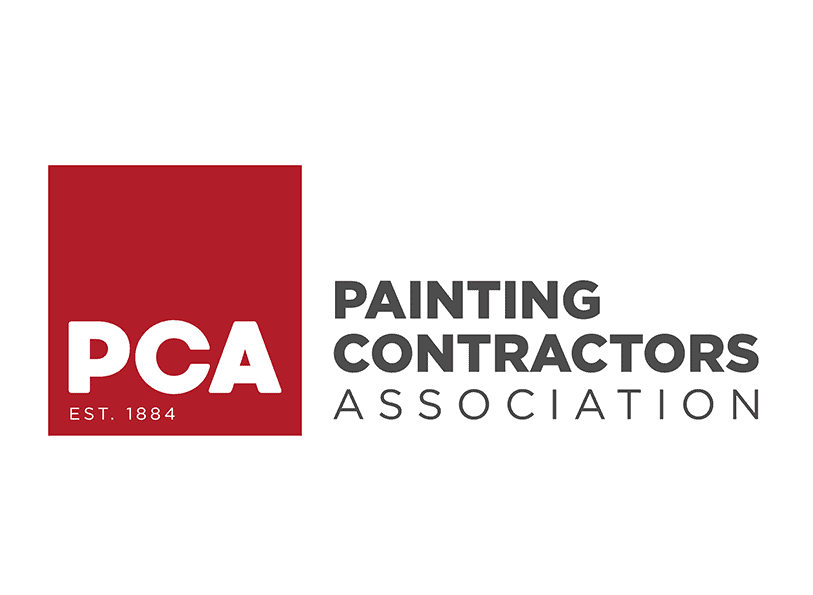21 Sep Do I Need To Prime My Walls?
When you’re about to start a painting project, it’s important to plan out your steps before you start putting paint on the walls. One aspect to consider carefully is whether or not priming is necessary. In most cases, primer is not necessary. But, there are some instances where primer application is needed to ensure the success of your painting project.
Our painters at Home Works Painting suggest that you use a primer in the following situations:
Big Change in Wall Color
Painters understand that a dark color will cover over a light color with two coats of paint. Light colors, however, rarely cover dark colors even multiple coat applications. In order to save time and money, professionals recommend using a good primer with strong “hide” qualities. Many painters will tint their primer before painting. This is an inexpensive way to bring your walls close to their final intended color before adding the more pricey topcoat.
Repairing Drywall
When repairing a wall before painting, there will areas with spackle or joint compound. If these repairs are minor, it won’t be necessary to buy a separate primer; simply use a small amount of paint (preferably flat) and brush it on those areas to spot-prime the wall. When the spots have dried, you can paint the wall and those spots will not show through.
New Drywall
New drywall is highly absorbent and can suck up paint like a sponge. This may require many coats of high quality paint to give sufficient coverage. Use one or two coats of primer first, to seal the surface. This will allow your topcoat to cover adequately in one or two coats.
Painting over Oil-based/Glossy Sheens
Paint will only perform well when the surface beneath it is the proper condition to accept paint. When the top layer is oil-based or has a glossy sheen, this surface can be achieved in two ways. You can use sandpaper or TSP to scuff up the surface, or you can apply a primer which will stick straight to the existing finish and provide a good backing for the new paint. If you’re changing the color, it is easier to skip the sanding.
Sealing Stains/Odors
Crayon marks or greasy spots, will bleed through new paint. Also, cigarette smoke and other strong odors can still be detected after repainting. In order to eliminate these issues, priming is essential. Sometimes, two coats are needed to block stains or remove odors.
When NOT to prime
In the case of mold or mildew, DO NOT use a primer until it has been cleaned and removed. Sealing over mold will only give it an environment to grow. First, deal with the cause of the mold (usually water intrusion), and remove the mold. Then, prime and paint.

Mike Katounas is the owner of Home Works Painting, a painting business in Northern Virginia. He has over 15 years of experience in residential interior and exterior painting, drywall installation/repair, carpentry, wallpaper removal, power washing, commercial painting, color consultation, and staining/sealing. Their service areas include Chantilly, Fairfax, Herndon, Oakton, Reston. Mike takes pride in his work, and he always follows a strict code of conduct that includes the use of quality paint, a clean workspace, and an honest, respectful approach to his customers.












Sorry, the comment form is closed at this time.